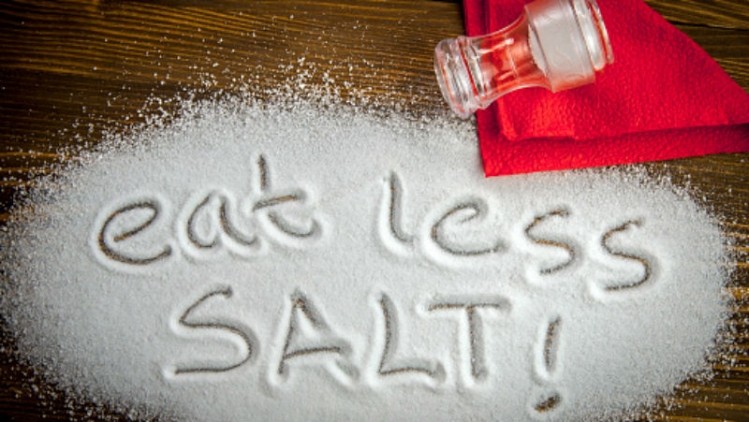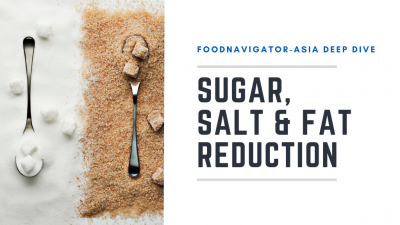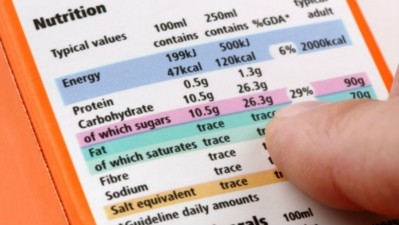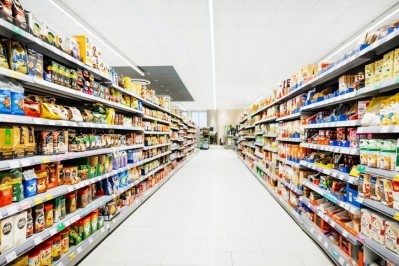Encouraging reformulation: South Korea tightens food labelling standards for products with reduced sodium and sugar

Previously, South Korea’s criteria for food or beverage products to be labelled as reduced sugar/sodium was for the product to have reduced its sugar/sodium content by over 25% as compared to the average sodium content of the top three products in the market, calculated by market share.
Unfortunately, this method has not been successful in lowering down sugar and sodium levels to the government’s satisfaction, hence a new set of standards have now been issued by the Ministry of Food and Drug Safety (MFDS).
“These have been enacted to encourage food manufacturers to produce foods that are lower in sodium and sugar content, and also promote the reduced consumption of foods high in these what are consumed in large amounts locally, such as ramen,” the ministry said via a formal statement.
“A consumer awareness survey conducted last year on over 2,000 people saw that 88% of respondents are willing to reduce their consumption or purchase of foods high in sodium and sugar, and 90.1% of respondents are willing to purchase products with reduced sodium and sugar [which we hope will encourage the production of more such products.”
The new standards will require a food or beverage product to reduce the amount of sodium or sugar by 10% or more compared to an ‘average value’ of products in its category on the market to be able to use a ‘reduced’ label – this value will be determined by the ministry and posted on its website prior to the enforcement of the standards.
Food firms will also be able to use this label if the products in question have a 25% reduction in sodium/sugar as compared to other similar products within its own portfolio – according to the ministry, the comparison will be made between ‘products of the same food type and sub-category produced by the same manufacturer (excluding those made for export or that have no production record)’.
“For food and beverage products that meet the criteria, labels such as ‘reduced sodium/sugar’ or ‘less sodium/sugar’ will be allowed for display on the product packaging,” said MFDS.
“These standards will first be implemented starting with processed/fried noodles such as ramen, which are the most-consumed foods in the nation. Eventually, we plan to also expand this range to include a variety of other household convenience foods including soups, broths and stews in the future.”
In line with international standards
MFDS also published an explanatory segment on its methodology, stressing that the new ‘10% lower than average’ requirement was based on thorough research.
“We engaged researchers to gather input from both consumers and the food industry regarding these reductions, and found that 10% is a level that can meet consumer taste demands (without adding any substitutes) and gain acceptance, whilst yielding reduction results,” said the ministry.
“Reducing the sodium level too quickly, say a jump by more than 15% to 20%, this may affect consumer preference and lead to rejection due to blandness in product taste.
“As for the ‘25% or more reduction’ requirement, this is inline with guidelines in other countries such as the United States, Canada, China and more, and even the Codex Alimentarius Commission (CODEX) has allowed ‘reduced’ labels based on this.”
South Korea aims to reduce the average daily sodium intake of its citizens to 3,000mg (7.5g) of salt or less by 2025 from the current average of 3,289mg, and to keep sugar intake from processed foods below 10% of total energy consumption, e.g. 200kcal (50g) of sugar for those who eat 2,000 kcal a day. 50g of sugar is also the recommended daily intake by the WHO, and currently South Korea’s average daily sugar intake is around 45g.


















